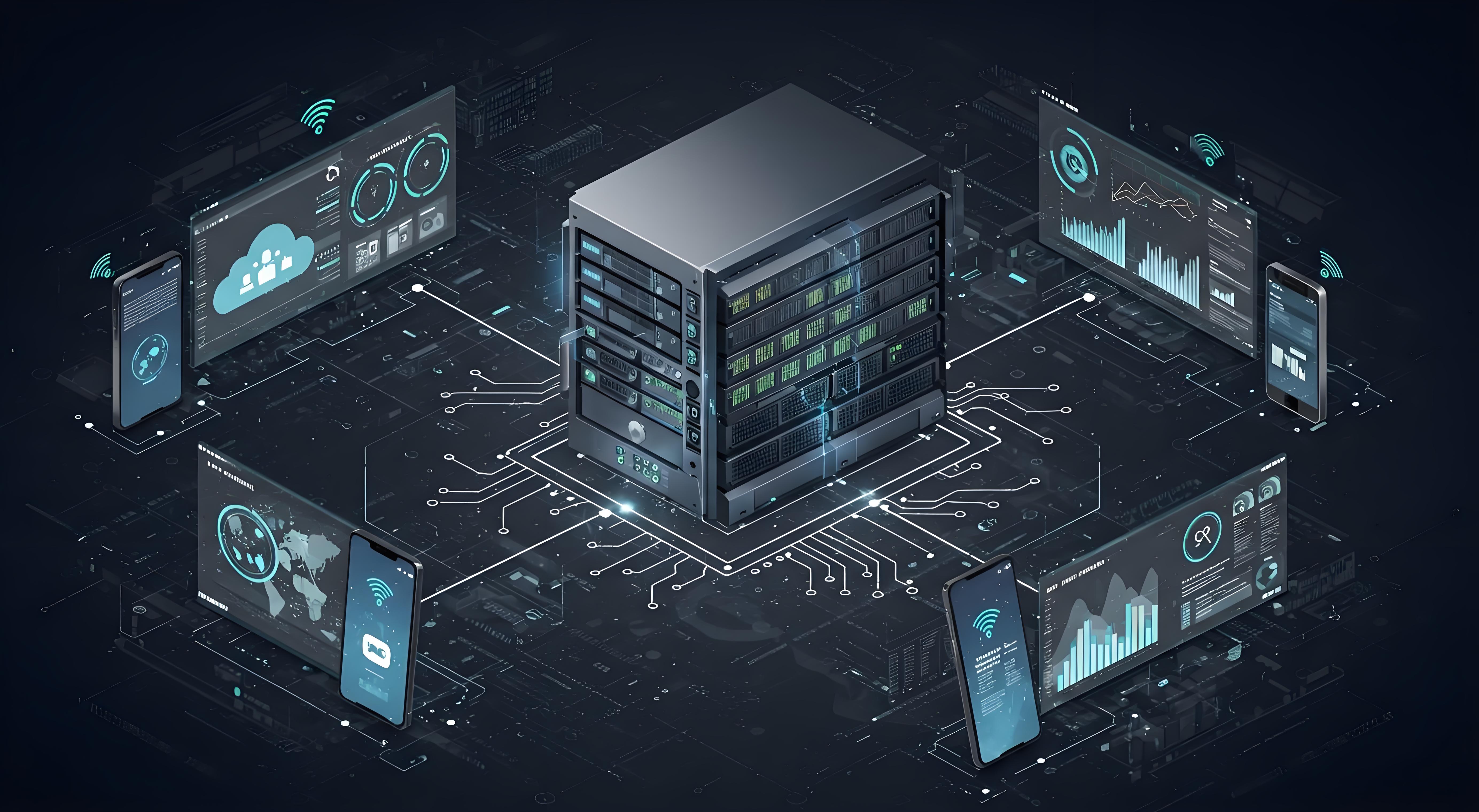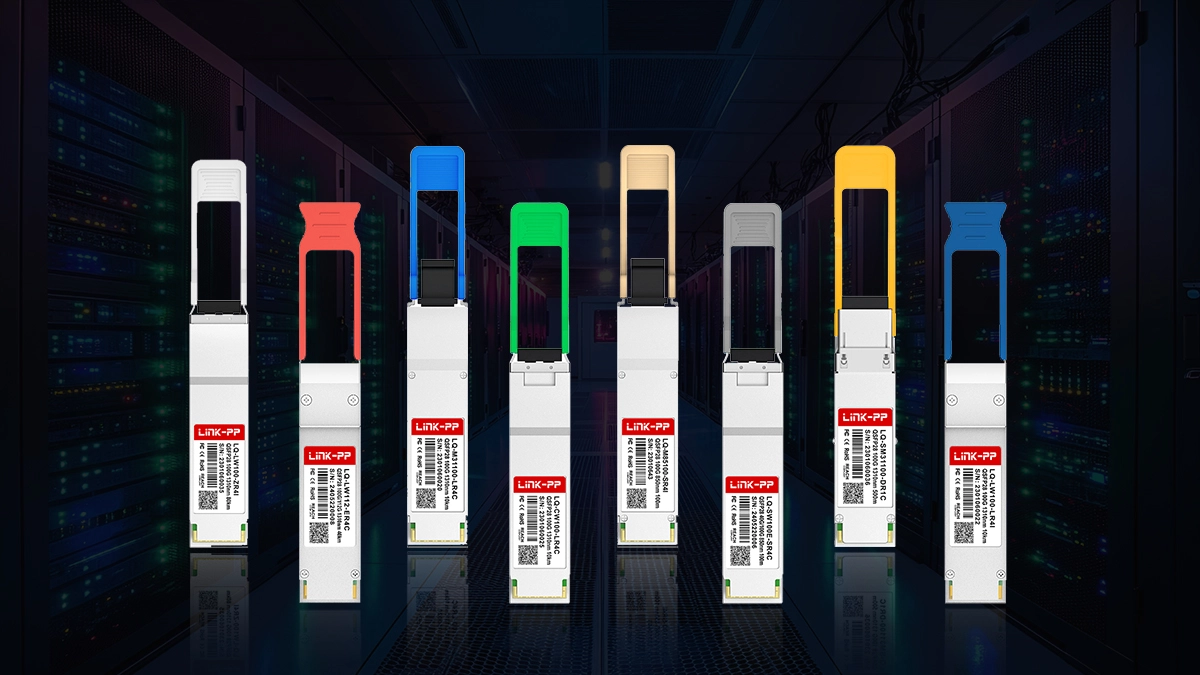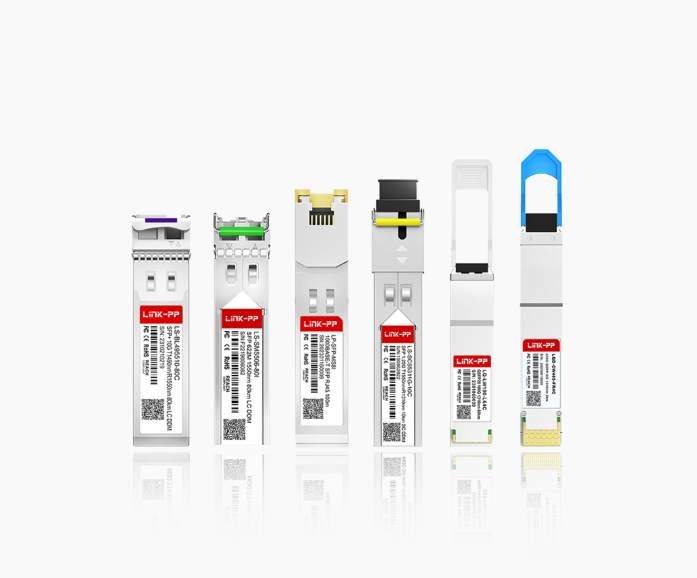
We live in a hyper-connected world, generating staggering amounts of data every second. From smart factory sensors to real-time video analytics, the demand for instant processing is skyrocketing. While cloud computing has been the backbone of digital transformation, it has a fundamental weakness: distance. Sending data hundreds of miles to a centralized data center introduces latency, consumes massive bandwidth, and can create single points of failure.
Enter Edge Computing—a paradigm shift that is redefining how we process and analyze data. It’s not about replacing the cloud; it’s about creating a smarter, more responsive network that brings computation and data storage closer to the source of data generation. Let's dive into why the future of technology is decentralized.
📄 What Exactly is Edge Computing?
At its core, edge computing is a distributed computing framework that brings enterprise applications closer to data sources such as IoT devices or local edge servers. This proximity to data at its source can deliver substantial business benefits: faster insights, improved response times, and better bandwidth availability.
Imagine a self-driving car. It cannot afford to wait for a signal to travel to the cloud and back to decide whether to brake for an obstacle. The decision must be made in milliseconds, right there at the "edge"—inside the vehicle itself. This is the essence of edge computing for real-time decision making.
📄 Key Benefits of Adopting an Edge Architecture
Why is there so much buzz around edge computing solutions? The advantages are compelling for modern digital initiatives:
Ultra-Low Latency: By processing data locally, edge computing drastically reduces delay, which is critical for real-time data processing in applications like robotic surgery and online gaming.
Bandwidth Optimization: Transmitting only relevant, processed data to the cloud, rather than raw data streams, saves significant network bandwidth and associated costs.
Enhanced Data Privacy and Security: Sensitive data can be processed and anonymized locally, reducing the risk of exposure during transmission to a central cloud. This is a cornerstone of secure edge computing infrastructure.
Improved Reliability & Offline Operation: Edge devices can continue to operate and make critical decisions even if the connection to the central cloud is lost, ensuring business continuity.
📄 Edge Computing vs. Cloud Computing: A Symbiotic Relationship
It's a common misconception that edge and cloud are rivals. In reality, they are complementary forces in a hybrid IT strategy. The edge handles immediate, time-sensitive processing, while the cloud is used for deep learning, big data analytics, and long-term storage.
The table below clarifies their distinct roles:
Feature | Edge Computing | Cloud Computing |
|---|---|---|
Data Processing Location | At or near the data source (e.g., factory floor, retail store) | In centralized, remote data centers |
Primary Goal | Real-time response, low latency, bandwidth savings | Massive scalability, deep analytics, storage |
Latency | Very Low (milliseconds) | Higher (hundreds of milliseconds to seconds) |
Bandwidth Usage | Low (sends only processed data) | High (sends all raw data) |
Ideal For | Autonomous vehicles, IoT monitoring, AR/VR | Big Data analysis, SaaS applications, backup |
Connectivity Dependency | Can operate with intermittent connectivity | Requires a stable, high-speed internet connection |
As you can see, a robust edge-to-cloud integration strategy is key to building a resilient and efficient modern enterprise.
📄 Real-World Applications: Where the Edge is Making an Impact
The practical applications of edge computing are vast and growing. Here are a few transformative use cases:
Smart Manufacturing & Industry 4.0: Sensors on assembly lines predict equipment failure in real-time, preventing costly downtime and enabling predictive maintenance at the edge.
Autonomous Vehicles: Cars process data from LiDAR, cameras, and radar instantly to navigate safely without relying on a cloud connection.
Healthcare: Wearable devices and remote patient monitoring systems analyze vital signs on the spot, alerting medical staff to emergencies immediately.
Retail: Smart cameras analyze in-store customer behavior for inventory management and personalized offers, all without compromising customer privacy by streaming video to the cloud.

📄 The Unsung Hero: The Role of Optical Modules in Edge Computing
For an edge network to function seamlessly, the connections between edge data centers, aggregation points, and the core cloud must be incredibly fast and reliable. This is where high-speed networking hardware, specifically optical modules, becomes critical.
What is an Optical Module?
An optical module, or transceiver, is a vital component that converts electrical signals into light signals and vice versa, transmitting data over fiber optic cables. They are the workhorses of modern data centers and network infrastructure, enabling high-bandwidth, long-distance communication with minimal latency.
In an edge computing architecture, these modules are deployed in edge servers and switches to handle the massive data flows from countless devices. They ensure that when data does need to move—whether to another edge node for collaboration or to the central cloud for storage—it happens at lightning speed. This high-performance interconnectivity is essential for achieving the low-latency requirements for 5G and IoT.
For instance, in a demanding scenario like a city-wide smart traffic system, the edge nodes controlling traffic lights and collecting sensor data need to communicate with each other without bottlenecks. Deploying a high-quality, reliable optical module like the LINK-PP LQD-CW400-LR4C is crucial. This specific model supports high-density 400G connectivity over long reaches, making it an ideal solution for backbone links within a distributed edge computing network, ensuring that data from autonomous buses and pedestrian sensors is synchronized flawlessly. Choosing a robust component like the LINK-PP LQD-CW400-LR4C is a key part of building a scalable edge computing infrastructure that won't fail under pressure.
📄 Conclusion
Edge computing is more than a buzzword; it's a fundamental architectural shift essential for the next wave of digital innovation. By processing data where it's created, businesses can unlock new levels of efficiency, enable groundbreaking applications, and build a more resilient technological foundation.
The journey to the edge requires the right strategy and the right technology partners. From the software architecture to the physical hardware, like the high-performance LINK-PP optical modules that keep data flowing, every component matters.
Challenges and The Road Ahead
Adopting edge computing isn't without its hurdles. Managing a vastly distributed infrastructure can be complex, and securing thousands of edge devices presents a new set of edge computing security challenges. However, with advancements in AI-driven management and zero-trust security models, these challenges are being actively addressed.
The convergence of edge computing, 5G, and AI will only accelerate this trend, leading to more intelligent, autonomous, and responsive systems than ever before.
Ready to architect your future with edge computing? 🚀
Explore how our expertise and high-performance components, including the LINK-PP series, can help you build a low-latency, high-efficiency edge network.
👉 [Contact our specialists today for a free consultation!]
📄 FAQ
What is the main purpose of edge computing?
Edge computing lets you handle data near where it starts. You get answers faster and use less internet. This helps your devices work well. It also lets you make quick choices.
What devices use edge computing?
Edge computing is in sensors, cameras, and smart appliances. Gateways use it too. These devices work with data close to where it comes from. You find them in factories, hospitals, and smart cities.
What problems can edge computing solve?
Edge computing fixes slow response times and high bandwidth use. You get alerts right away and save network space. This helps you run many devices and keep things working well.
What should you check before using edge computing?
You should see if your devices need fast data work. Check security and plan for updates. Make sure your devices can work together.
What makes edge computing different from cloud computing?
Edge computing works close to your data source. You get fast results and save bandwidth. Cloud computing uses faraway servers for big jobs and storage. Pick edge for speed and cloud for power.




